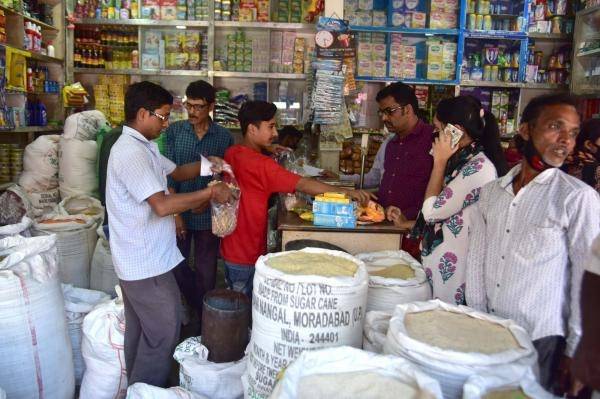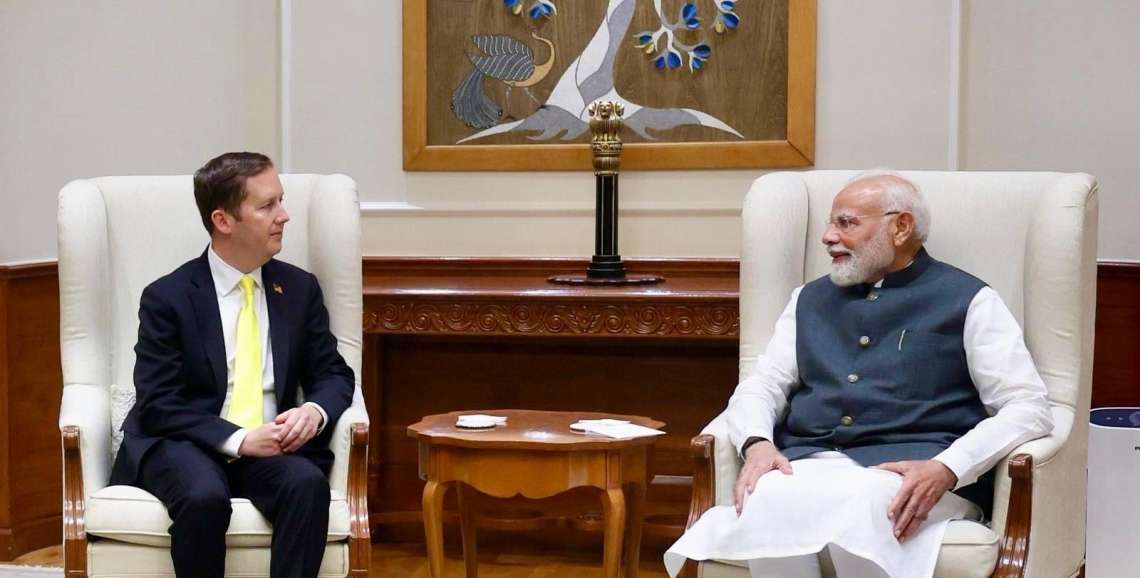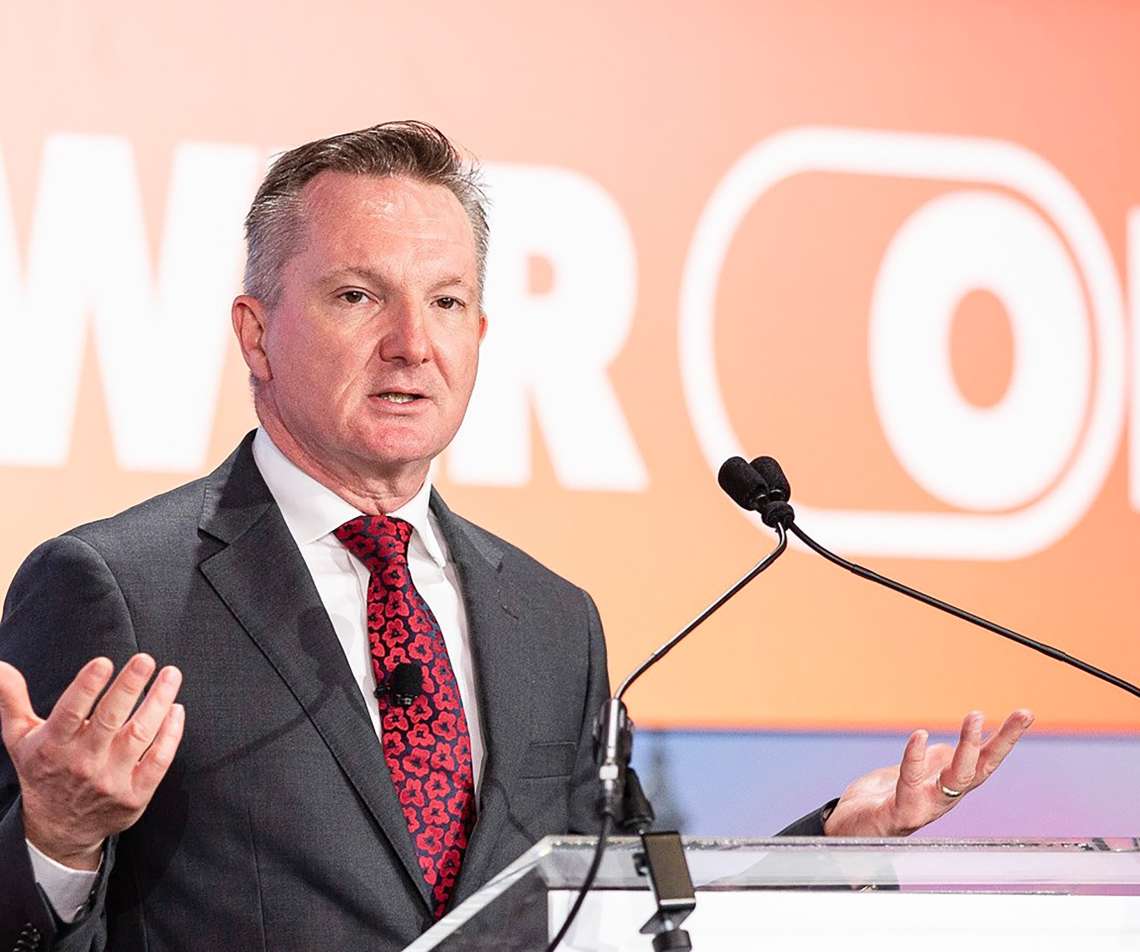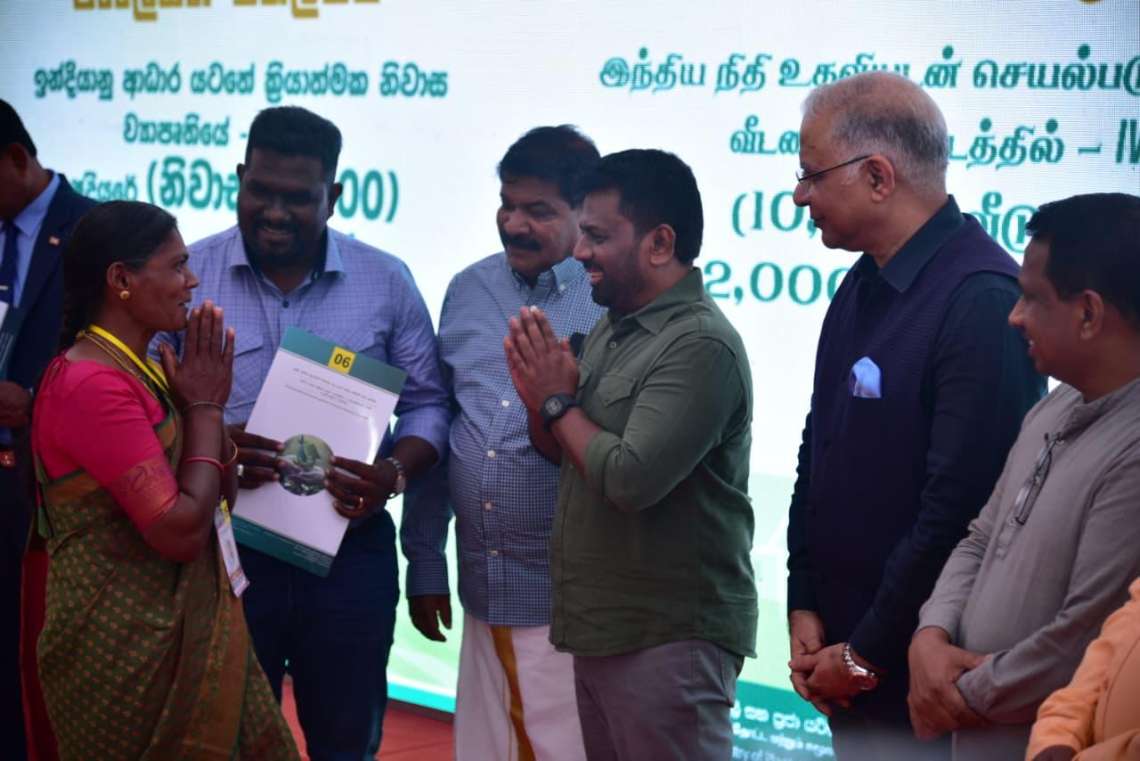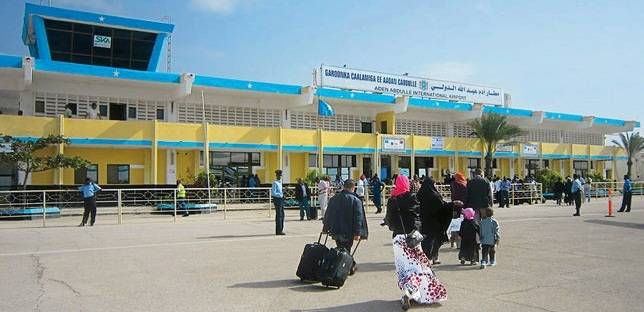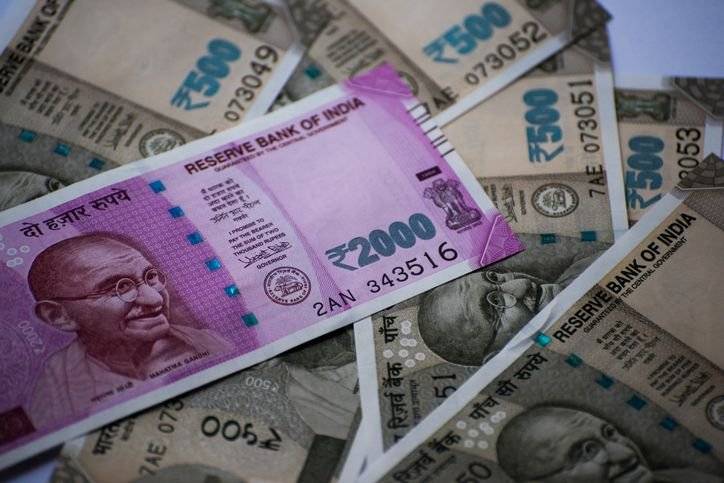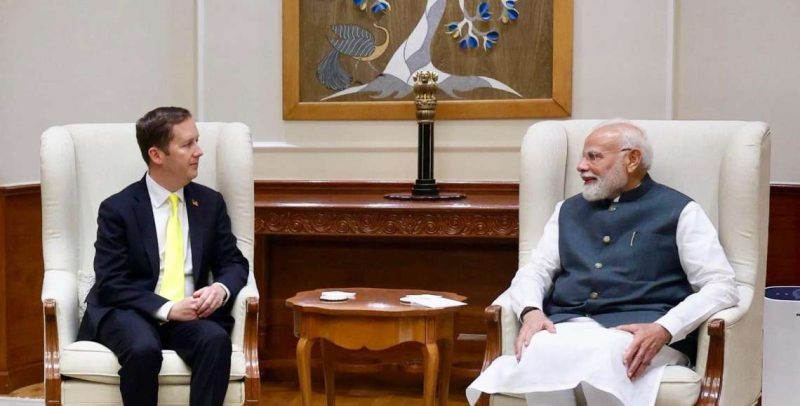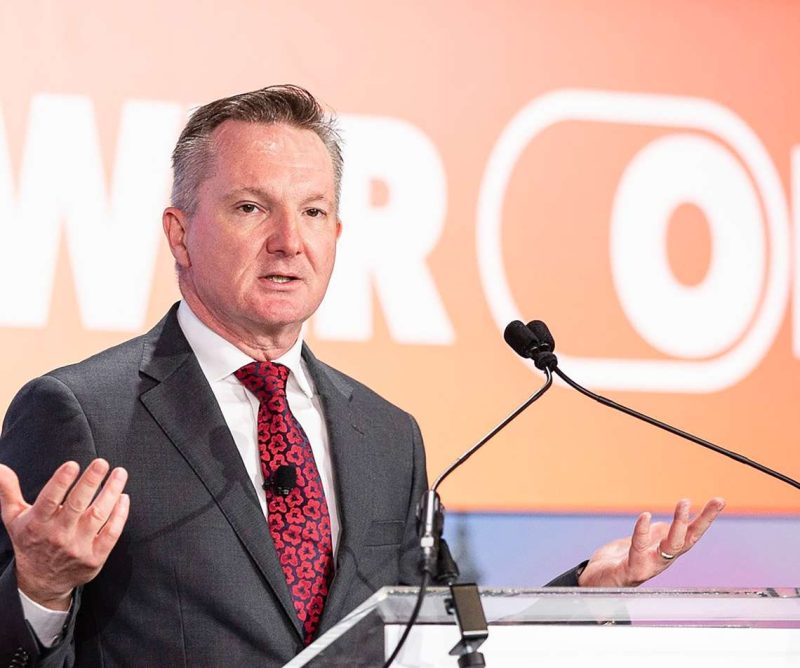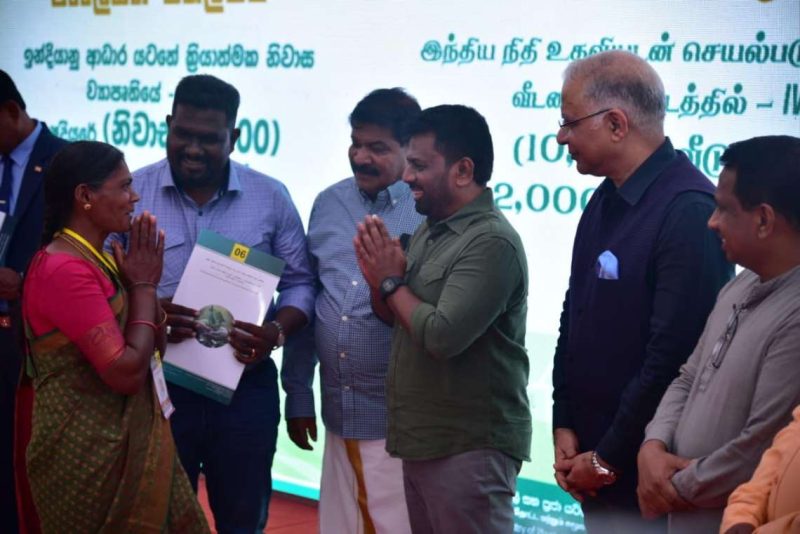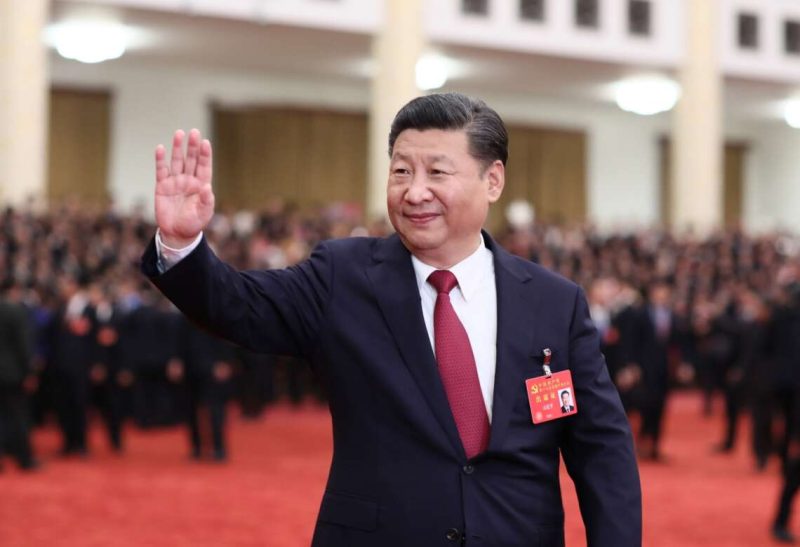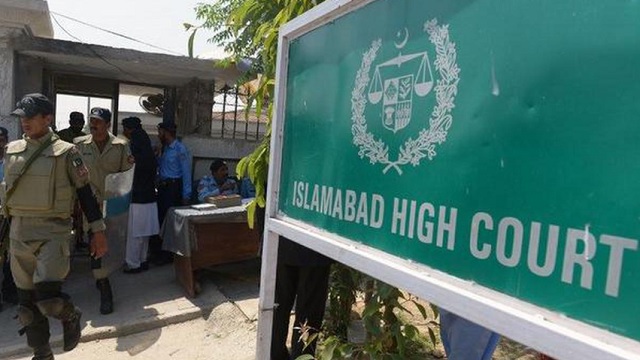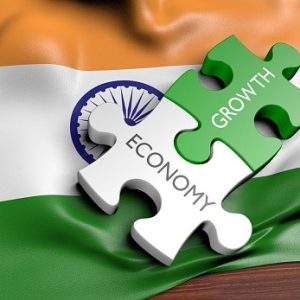Economists forecast that the currencies of Indonesia, India, and the Philippines will depreciate towards 2022. ..writes Sanjeev Sharma
While “Covid shock” maintains its number one position among risk factors in leading Asian economies, in India “inflation risk” has replaced it for the first time since the March 2020 poll, according to a latest survey.
The Japan Centre for Economic Research and Nikkei conducted the 24th quarterly consensus survey on Asian economies.
In India, economists identify inflation as the greatest risk, as per the survey.
Tirthankar Patnaik, Chief Economist at National Stock Exchange of India, says that “inflationary pressures persist amid rising commodity prices and sustained supply-side bottlenecks. The emergence of the most recent variant, Omicron, is likely to further aggravate the supply-side woes with countries imposing restrictions again”.
Inflation forecasts are relatively calm in Asian economies except in India, the survey adds.

US monetary policy risks are ranked second in Malaysia and third in India. India’s CRISIL’s Dharmakirti Joshi agrees with him, saying that “faster normalization of US monetary policy than expected previously could affect global risk sentiment, causing capital outflows from emerging markets like India”.
Economists forecast that the currencies of Indonesia, India, and the Philippines will depreciate towards 2022.
Asian countries have maintained low interest rates, cutting interest rates to stimulate the economy since the Covid-19 pandemic started, but now they will seek to raise rates while watching the Fed rate hike and trends in their own currencies. Economists predict that India, Indonesia, Malaysia, and the Philippines will start raising policy interest rates in 2022.
Widespread optimism distinguishes this survey from the past seven surveys, which have been pessimistic since the onset of the pandemic in January 2021.
The growth rate of India in fiscal 2021 (2021/2022) rose to 9.5 per cent, up 0.1 points.
Economists expect GDP levels to recover to pre-pandemic levels (2019) in Indonesia, Singapore, and India in 2021, the Philippines and Malaysia in 2022, and Thailand in 2023.

The survey respondents for India included Punit Srivastava, head of research, Daiwa Capital Markets India; Dharmakirti Joshi, chief economist, CRISIL; Tirthankar Patnaik, chief economist, National Stock Exchange of India; Jyoti Vij, deputy secretary general, the Federation of Indian Chambers of Commerce and Industry (FICCI); Bidisha Ganguly, chief economist, Confederation of Indian Industry; Rahul Bajoria, director, regional economist, Barclays Bank; Aurodeep Nandi, India economist, Nomura India; Sonal Varma, chief India economist, Nomura India.
As per the survey, India is back to normal with lower momentum. Given a drastic decrease in Covid-19 cases since July, India’s GDP growth rate forecast for 2021 is revised upward 0.1 percentage point to 9.5 per cent, and GDP is expected to return to its pre-pandemic level.
In 2022, the rate is expected to be 7.5 per cent, which is a downward revision of 0.2 points, but it can be said that it remains strong.
Sonal Varma and Aurodeep Nandi, Economists of Nomura India say: “Looking ahead, the outlook is more mixed, with improving mobility, but supply-side bottlenecks are bogging down production alongside signs of weakness in demand for mass consumption goods.”
Still, they “expect continued economic normalization in the coming quarters, albeit with lower momentum”.
Dharmakirti Joshi, Chief Economist at CRISIL, gives his view: “After contracting in the first quarter of this fiscal, economic activity rebounded sharply in the second quarter as increased vaccination coverage enabled easing of pandemic-related restrictions. Even as exports and government CAPEX continue to support growth, sustaining the growth momentum depends on private consumption, where recovery remains gradual.”
Progress in vaccination, quick reduction in new cases of Covid-19, and a series of reopenings brought hope for an early recovery of the Indian economy, but some risk factors continue to cast shadows, as per the survey.

Economists have ranked inflation from supply-side bottlenecks and higher commodity prices as the top risks facing recovery. In addition, they showed renewed concerns on coronavirus and the Omicron variant, alongside weak private consumption and US monetary policy, the survey said.
Private Consumption is the main concern, the survey says and the outlook is mixed. Sonal Varma of Nomura India points out that “supply-side bottlenecks are bogging down production, alongside signs of weakness in demand for mass consumption goods”.
Dharmakirti Joshi of CRISIL says: “Even as exports and government capex continue to support growth, sustaining momentum depends on private consumption, where recovery remains gradual.”
He also sees “potential spread of Omicron variant” as a risk.
Economists are wary of creeping inflation. Tirtankar Patnaik of NSE stressed that the “ongoing energy crisis and persistent supply-side disruptions may continue to pose upside risks to core inflation”.
Bidisha Ganguly of CII cautions that “CPI is likely to firm up in early 2022 as rising input costs get passed through to consumers” with improvement of demand conditions”, according to the survey.
In good news for India going into 2022, British consultancy Cebr predicted that India looks set to overtake France next year and then the UK in 2023 to regain its place as the world’s sixth biggest economy. The world’s economic output will exceed $100 trillion for the first time next year.
Cebr said over the next 15 years, it forecasts that India will see an improvement in its ranking in the World Economic League Table, rising from 7th place in 2021 to be the world’s third largest economy in 2036.
The report said India is also looking enhance to its position globally, with the nation witnessing strong foreign domestic investment in 2020 and 2021. Such performances have boosted India’s status as an alternative investment destination, as the risk perception of the Indian capital market improves.

The infrastructure bottlenecks that exist in India mean that investment in this area has the potential to unlock significant productivity gains, the report said.
The Government has recognized this, launching initiatives to develop infrastructure via its National Infrastructure Plan and other various investment opportunities.
Acuite Ratings & Research said: “For FY22, we continue to retain our GDP growth forecast at 10.0 per cent albeit with some downside risks from new virus mutations, supply chain disruptions and the risk of volatile capital flows arising from faster policy normalisation in some of the major economies.”
Motilal Oswal Institutional Equities said in note after the RBI policy minutes that inflation projections were kept unaltered at 5.3 per cent YoY for FY22 (slightly below our expectation of 5.4 per cent YoY), as was the growth forecast of 9.5 per cent for the year (higher than our forecast of 9.1 per cent YoY).
“There were no major surprises in the policy statement. We believe inflation to come in higher and real GDP lower than expected by the RBI. This, along with the possible threat from the Omicron variant, could postpone a hike in the reverse repo rate to April 22. On the contrary, if real GDP growth and inflation do come in line with the RBI’s expectations and the fear related to Omicron does not materialize, a 15bps reverse repo rate hike could happen in Feb 22. We also believe that the Union Budget 2022�23 would influence the MPC’s decision of February 22,” it added.
A recent CEOs Poll conducted among members of CII National Council, indicates that Indian economy is set for a strong rebound in 2021-22. This was revealed by 56 per cent of the CEOs polled, who indicated that the economy would grow in the range of 9 to 10 per cent during 2021-22, while another 10 per cent of the CEOs polled expect the economy may grow at a faster pace of more than 10 per cent this fiscal year.
The respondents were also upbeat on sentiments regarding their business, with 35 per cent of the CEOs indicating that the increase in revenue this year may be in the range of 10 to 20 per cent when compared to pre Covid year (2019-20), while another 33 per cent of the CEOs indicated expectations of a bigger jump in revenues (more than 20 per cent increase when compared to the pre Covid year).
On the gross profits front as well, 35 per cent of the CEOs polled indicated more than 20 per cent increase in gross profits when compared to the pre Covid year, while another 17 per cent indicated an increase in growth of profits by 10 to 20 per cent. This optimism among the CEOs is despite more than third of them (70 per cent) observing that supply chain bottlenecks were causing problems in the movement of goods in their industry sector.
Union Home Minister Amit Shah said at a recent FICCI event that India has come out of the pandemic with minimum loss as compared to other countries.
“We are reaching the pre-Covid levels. July to September GDP number has been at 8.4 percent and I think in the year 2021-22, India is likely to become the fastest growing economies in the world. I will not be surprised if we touch double digit growth,” he added.
Shah had said that out of the 22 parameters of the economy, India has exceeded in 19 parameters, and this shows that we have come out strong. Both manufacturing and service sector index have reached the pre-Covid levels. “With the announcements of various packages and relief, our inflation is in the range of 4-6 percent as set by the government.”
Foreign brokerage firm Morgan Stanley said in a note that the RBI retained its growth projection at 9.5 per cent for F2022 on the back of strengthening growth momentum as it gradually broadens to all sectors of the economy led by rapidly increasing vaccination coverage and improving business and consumer sentiment and thus demand.
On the inflation front, the MPC held to its headline CPI estimate of 5.3 per cent for F2022, with risks broadly balanced, as the government’s supply-side interventions, easing global commodity prices and robust sowing activity are likely to keep the inflation print range-bound. Core inflation, however, is likely to remain sticky due to existing supply-side and cost-push factors with higher risks of pass through to output prices as demand conditions normalise further.
“In our view, the February policy will likely mark the start of policy normalization with a reverse repo rate hike to normalise the policy rate corridor. However, we anticipate the lift-off and its quantum to be contingent on the impact of Omicron on economic activity. If the growth momentum remains durable, we would then expect that the RBI could choose to hike the reverse repo rate 40bp to adjust the policy rate corridor in one shot.
“Next, we expect this to be followed by a hike in the repo rate in the April, with a cumulative rise of 150bps in F2023. The policy rate path is driven by a robust recovery in growth. We see India’s GDP growth gaining strength with all drivers of growth contributing. We expect the GDP growth path to be higher than the pre-pandemic growth path by 2HF23,” Morgan Stanley said.
HSBC in a report on Indian equities said macro recovery has been ahead of expectations, and the short run growth outlook appears attractive, supported by a strong pent-up goods demand, higher governmental capex and better-than-expected tax collections.

However, private consumption remains weak, which reflects the disruption faced by informal sectors, according to HSBC’s India economics team. This is linked to the rise in inequality post pandemic. Eighty percent of India’s labour force is informal. About half of them, i.e. the non-agricultural informal labourers, have faced the brunt of the pandemic. The loss in their incomes could hurt future demand and thereby the growth prospects of the formal sector.
Nevertheless, new drivers of the economy have emerged, which could offset the potential demand slowdown, which include: i) high skill exports; ii) new age tech ecosystem; and iii) governmental reforms such as the asset monetization programme, the creation of a bad bank, and expansion of the Production Linked Incentive scheme, HSBC said.
“Our in-house view is that India’s GDP will grow at 8.4 per cent in FY22 and slightly moderate to 6.4 per cent in FY23. HSBC’s FX team expects the USD-INR exchange rate to remain largely stable and thinks it is likely to retrace towards the 73 level by end 2022,” the report said.
HSBC said 2022 as a year of contrasting narratives and volatilities: One narrative is of caution: 1) one of the larger concerns is relative rotation of flows to other markets in Asia, given their underperformance last year; 2) valuation is perceived to be expensive across many sectors; 3) growth concerns and margin headwinds in the near term tend also to trigger near-term caution; 4) while crude has corrected from its peak, prices are expected to stay elevated and this remains a key factor influencing volatility in India’s market; 5) potential size of US tapering is another factor which increases uncertainty around flows to the India market; 6) uncertainty around the spread of the new Covid-19 variant.
But the other narrative is of continued potential momentum, it added.


